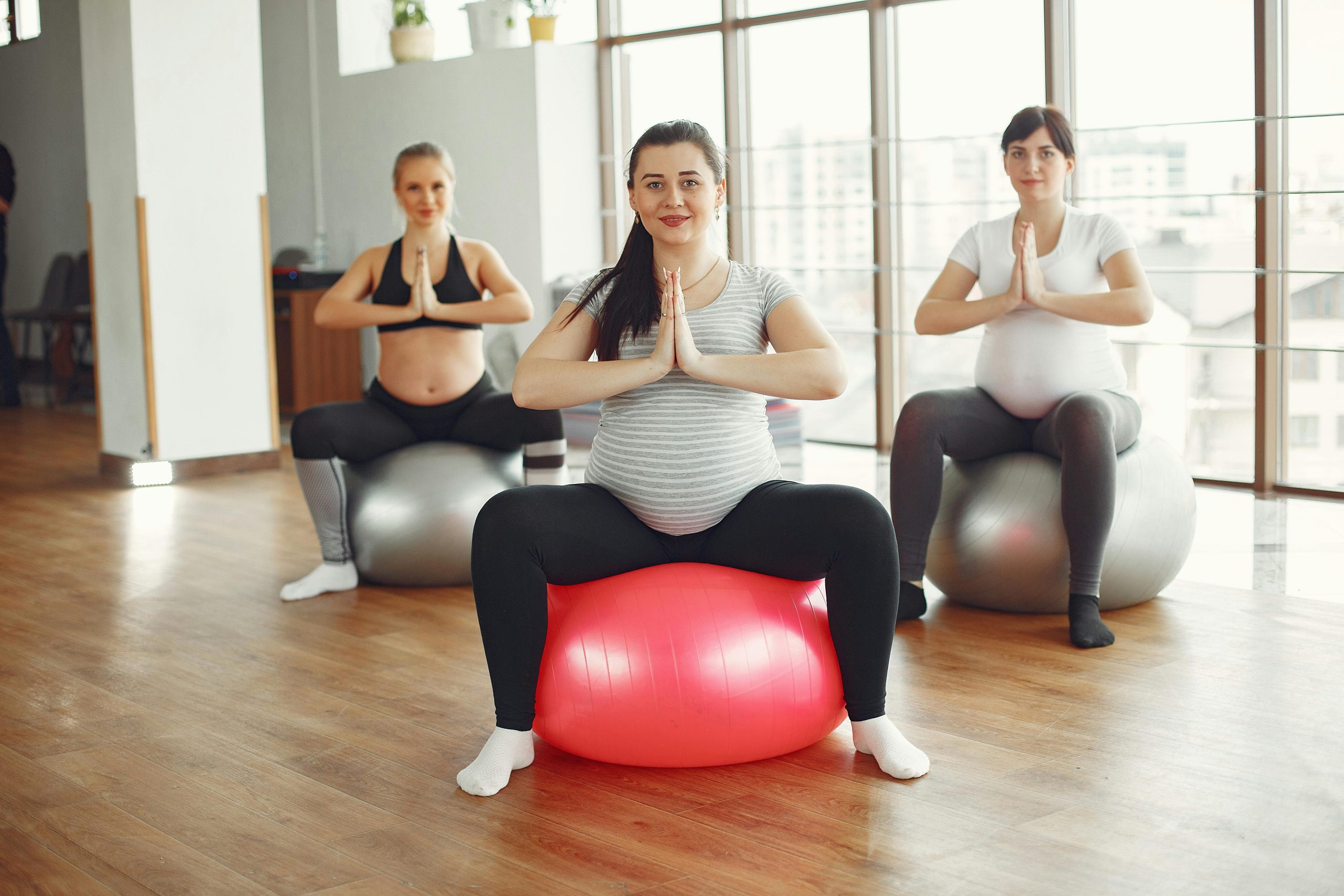Table of Contents
- 1 Whose muscles are the squats working?
- 2 How to do easy squatting
- 3 What are the advantages of squatting?
- 4 (2) Reduces the possibility of accidents
- 5 (3) Calories Crushes
- 6 (4) Strengthens the muscles of the lower body
- 7 (5) Boosts the athletic ability and power
- 8 (6) Variety is helping with motivation
- 9 (7) It can be done anywhere
![]()
A squat is a complex strength training movement that allows many muscles in your upper and lower body to function together at the same time.
Many of these muscles help you perform everyday tasks such as walking, ascending stairs, bending, or carrying heavy loads. They’re even helping you accomplish athletic-related tasks.
Adding squats to your workouts will help improve your fitness efficiency, reduce your risk of injury, and keep you going more quickly during the day. But these are just a couple of advantages.
Keep reading to learn more about the advantages you can reap by doing squats and combinations that you can try to add to the benefits.
Whose muscles are the squats working?
If there is one movement that has the potential to test most of the muscles in your body, it’s a squat.
The obvious target muscles are in the lower body, but to exercise this compound correctly, you will need to use some muscles above your waist.
The lower muscles in the squat include the following:
- Gluteus maximus, minimus, and médius (buttocks)
- Quadriceps: (front of the thigh)
- Hamstrings (back of the thigh)
- Addresser (groin)
- Flexors of the hip
- The Caves
In addition to the lower body, squats often target the core muscles. These muscles include rectus abdominal, oblique, transverse abdominal and erector spinae.
If you have a back squat or an overhead squat, you’ll probably have muscles in your elbows, ribs, stomach, and back.
How to do easy squatting
Known as the bodyweight squat or air squat, the most common form of squat uses only the bodyweight for resistance. Variations of squats can involve weights, such as barbells or dumbbells, resistance bands, or yoga balls.
To do easy squatting:
- Start with your legs slightly wider than the hip-width apart.
- Hold your chest up, hold your abdominals, and place your weight on your feet as you shift your hips back to a sitting position.
- Lower your hips until your thighs are parallel to or nearly parallel to the floor.
- You’re expected to feel the squat in your thighs and glutes.
- Pause your knees above, but not beyond, your fingertips.
- Exhale and drive back to the starting position.
What are the advantages of squatting?
The list of squat benefits is long, but to summarise and point out the top choices, there are seven main benefits of squatting.
(1) Strengthens the heart
Having strong core muscles can make day-to-day activities like turning, bending and even standing easier. Not only that but a strong core can improve your balance, ease the pain in your lower back, and make it easier to maintain a good posture.
A 2018 study trusted Source, which compared core muscle activation during a plank with back squats, found that back squats resulted in increased muscle activation that supports your back.
Based on these results, the researchers suggested targeting core muscles with back squats to reduce the risk of injury and improve athletic performance.
(2) Reduces the possibility of accidents
When you strengthen the muscles in your lower body, you’re better able to perform full-body movements with the right shape, balance, agility, and posture.
Plus, integrating squats into your overall workout routine also helps to strengthen your tendons, ligaments, and bones, which according to the American Council for Exercise, can help reduce your risk of injury.
(3) Calories Crushes
Calorie burning is also referred to as aerobic activities such as running or cycling. But doing high-intensity, compound movements like squats can also crush some serious calories.
For example, according to Harvard Medical School, a 155-pound person will burn approximately 223 calories for 30 minutes of intense strength or weight-training exercises, such as squats.
(4) Strengthens the muscles of the lower body
Your lower body has some of your biggest and most strong muscles.
From getting out of bed to sitting in a chair, the glutes, quadriceps, hamstrings, adductors, hip flexors, and calves are responsible for almost every move you make.
Power training exercises like squats will help to strengthen and tone the muscles in your lower body. When these muscles are in good shape, you can find that you can move more easily, with less discomfort, and that anything from walking to bending to exercise is easier to do.
(5) Boosts the athletic ability and power
If you compete in a sport, adding jump squats to your workout can help you develop explosive strength and speed that in turn will help improve your athletic performance.
The 2016 study trusted Source investigated the results of jump squat training 3 times a week over 8 weeks.
Based on the findings of the study, the researchers concluded that jump squat training has the potential to concurrently enhance many different athletic performances, including sprint time and explosive strength.
(6) Variety is helping with motivation
If you learn the basic squat, there are several different styles of squat variants you can try. Changing the squats will help keep the exercise fun, while also stimulating various muscle groups.
Squats can only be achieved with body weight. They can also be achieved with weights, such as dumbbells, barbells, kettles, or medicine balls, or with resistance bands or yoga balls.
(7) It can be done anywhere
You don’t need any tools to do bodyweight squats. All you need is your body and enough space to bring your hips down in a sitting position.
And if you’re pressed for time, many muscle groups will still benefit from doing 50 squats a day: consider doing 25 in the morning and 25 in the night. Add 25 to the afternoon when you get better.
What are the advantages you can get from squat variations?
Changing the basic squat helps you to hit various muscle groups. It also helps with motivation so you don’t get annoyed with doing the same move repeatedly.
Before moving on to squat combinations, make sure you’ve mastered the simple squat movement. These exercises are more demanding and require more strength, flexibility and critical activation.
Share This




Be the first to comment